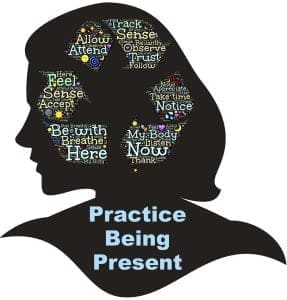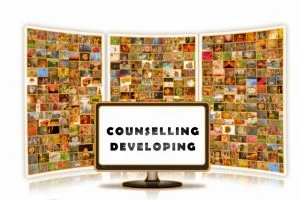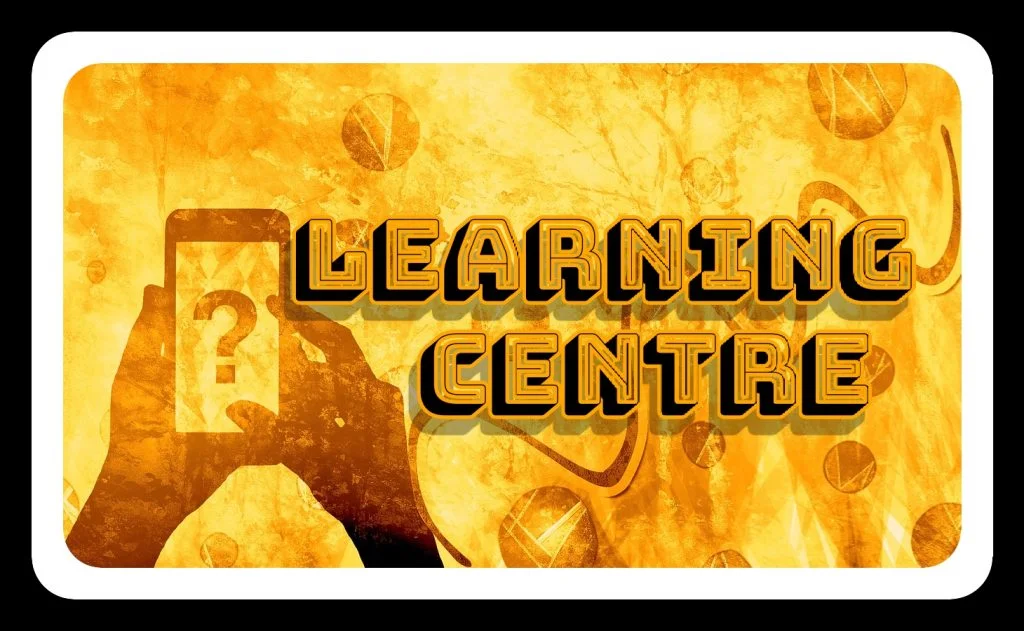Listen to the story
Research studies show significant impact on, among other things, reading comprehension, mathematics and learning in general. Where physical training strengthens different parts of the brain by strengthening the grey matter of the brain that processes information and stores it in the memory. In addition, the brain’s white matter, which manages the signals between brain cells, increases connectivity. To conclude, in order to optimise brain-adapted learning, a significant proportion of physical exercise must be included in the schedule … every learning day … throughout all your lifelong learning journey. “Training a multimodal area would probably benefit more than training an area that only has to do with, for example, hearing.” Sight and hearing are of course the most important, but the challenge for educators and learning material developers is to try to also activate the other senses and in addition abilities such as motor skills. A learning environment should be like when you enter a building and it opens up naturally to you. You shouldn’t need an instruction book or directions to get going. One should be able to understand intuitively where the door is or how to get from one floor to the next. That is, you should be able to learn how to enter and how to use it fully. Like good architecture, a good learning environment is intuitively comprehensible to people. In fact, design and user-friendliness are also the most suitable instruments to distinguish one’s products and services in a competitive market. This is part of the evolution from engineer’s control to letting educators and content experts develop learning. Because when the student enters a learning environment, she is very keen to easily find the right content in as few steps as possible and to find support and help functions with the same ease. It is also very important that the learning environment does not deprive the user of the power to make decisions. She should therefore be able to easily navigate the content and use the tools that are available. No fuss, straight forward on the personal learning path, let your senses be your guide to new knowledge, anytime, anywhere… Written by We have now 1000 published stories on eLearningworld.eu about learning, design, technology, entreprenurship and brain research etc. As our number of visitors continually increases we will develop the concept even further and looking for sponsors and other forms of collaborations to make it happen, contact us to become a part of this development. There is already a lot of ideas on the table and with your help this will be truly magic. We offer counselling based on 34 years of combined experience of digital learning in pedagogy, development, results management, practical experience as online teachers and blended learning. Click here to learn more Blog post about the services: Storytelling is taking Organisational Growth to a new level FREE Learning Centre for interactive book development and UX design in general. The Learning Centre is open, no registration or login will be required. Click for more information about the Learning Centre on our business blog Opens in a new tabOpen your mind with physical exercise
 According to the psychiatrist, doctor and best-selling author Anders Hansen in the book Hjärnstark (Brain Strength), physical exercise has a significant impact on people’s learning. This includes improved concentration, improved memorization, and enhanced creativity that help learning to become more effective and engaging for people who have exercised before starting the day’s lesson.
According to the psychiatrist, doctor and best-selling author Anders Hansen in the book Hjärnstark (Brain Strength), physical exercise has a significant impact on people’s learning. This includes improved concentration, improved memorization, and enhanced creativity that help learning to become more effective and engaging for people who have exercised before starting the day’s lesson. Let your senses be your guide
 Learning presupposes experiences and knowledge that we receive with our senses. That a learning environment can offer a lot and varying sensory stimulation is therefore crucial for an individual’s knowledge development. The effect will be even better if learning by doing exercises in a tangible way are integrated into the learning, preferably with emotional ingredients. Learning is thus largely about playing on the receptivity of the senses. With this background, the memory function is a process that activates the entire brain. It is therefore preferable to activate as many senses as possible when learning. The brain researcher Torkel Klingberg, who, among other things, is the author of the book Den översvämmade hjärnan (The Flooded Brain) adds;
Learning presupposes experiences and knowledge that we receive with our senses. That a learning environment can offer a lot and varying sensory stimulation is therefore crucial for an individual’s knowledge development. The effect will be even better if learning by doing exercises in a tangible way are integrated into the learning, preferably with emotional ingredients. Learning is thus largely about playing on the receptivity of the senses. With this background, the memory function is a process that activates the entire brain. It is therefore preferable to activate as many senses as possible when learning. The brain researcher Torkel Klingberg, who, among other things, is the author of the book Den översvämmade hjärnan (The Flooded Brain) adds;Architecture for Brain-adapted Learning
LarsGoran Bostrom©Message from the founder of eLearningworld
Consulting Services from B-InteraQtive Publishing
Services from eLearningworld Europe AB





